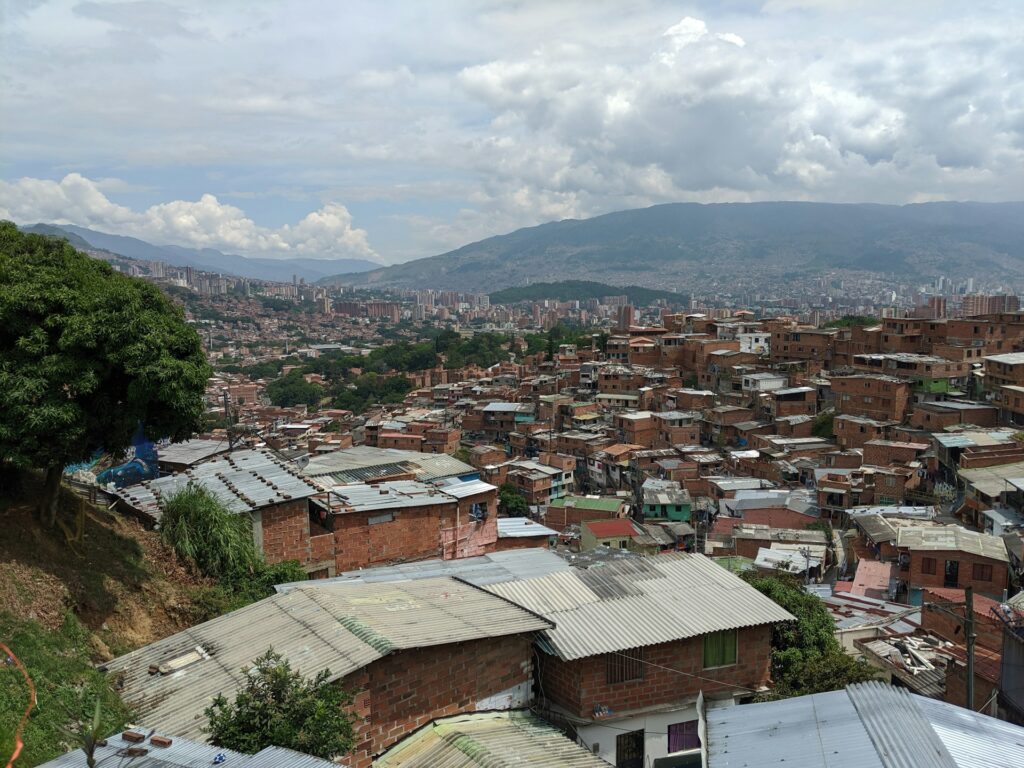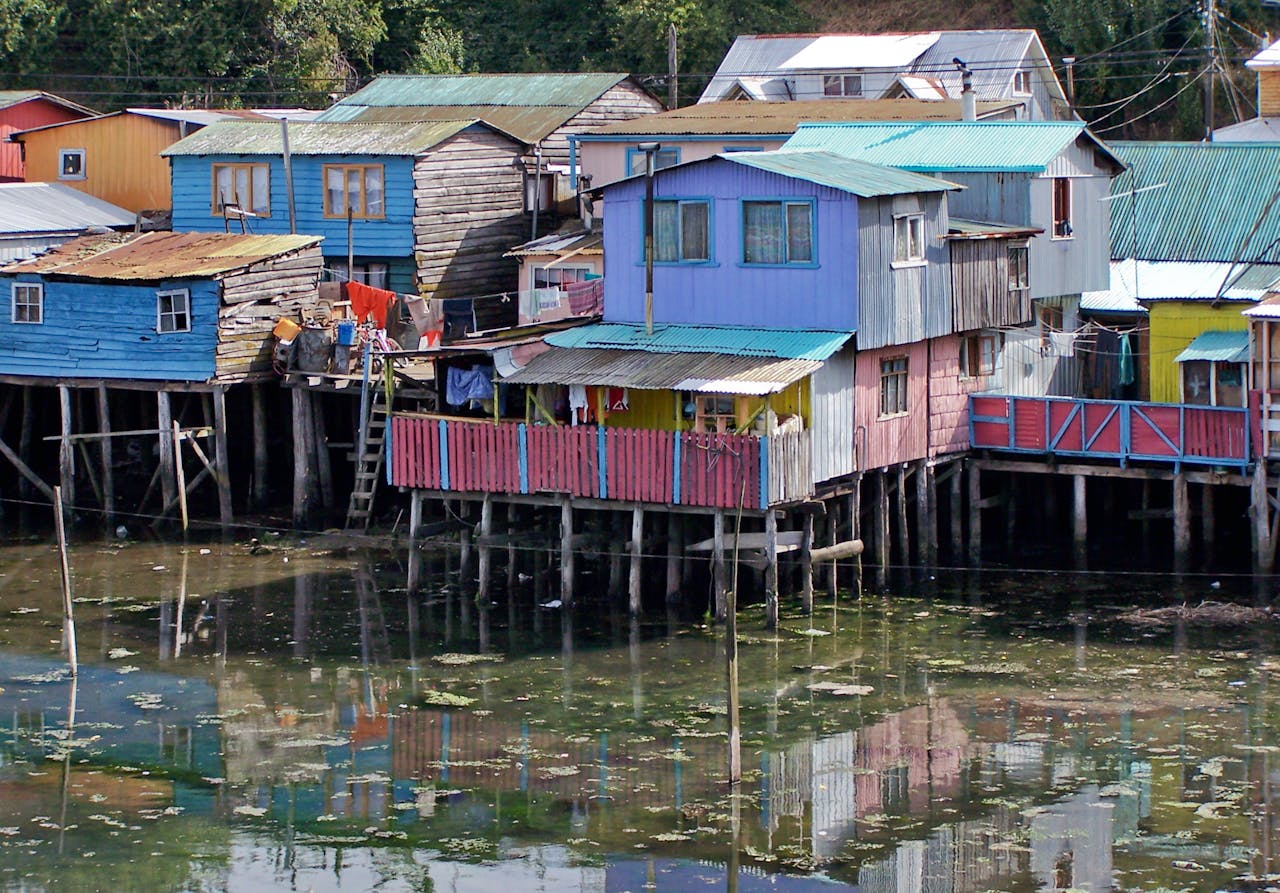Slum Tourism: Ethical Concerns and Cultural Insights
Tourism to slums, visiting poor neighborhoods, is a phenomenon that has evolved over the past two decades.
Ruins almost touristic in Rio de Janeiro, guides and visits embark to the favelas, township tours in South Africa, similar to slum walking tours in India are developed.
Some argue that it provides cultural learning and uplifts the economy, but others would like to know its morality.
This blog explores slum tourism through three lenses: its attractiveness to tourists, the moral issue of wildlife interaction and its impact as a tool for training people and encouraging the appropriate transformation of culture.
This aspect of the slum touristic experience of seeing real people struggling in the real world attracts many tourists.
To many people, these experiences are somewhat opposite of the glamour normally attributed to conventional tourism.
People may witness street appearing crowded with buyers and sellers, vibrant wall art or success stories completely negating the impression of struggling poverty.
The Allure of Slum Tourism
Slum tourism is partly fueled by the desire of tourists to have sightseeing tours that have a social standing.
Some of the tours are mostly concerned with narration and this displays the talents, and hard work of the locals.
For instance, in one of the bidets, tourists are informed of businesses such as pottery, leather industry, and recycling industries within Dharavi, Mumbai.
Likewise, South African township tours typically involve exploration of the social, artistic and political background of the settlements.
Such tourism can also create an economic value since most of the activities involved may create income generating opportunities.
Thus using the money to pay for the guided tours to these places, purchase local craft and food products, tourists ensure that they support the informal economy of such places.
Travel companies who hire residents also negotiate with residents so that some of the revenue generated will be reinvested in the local people.
Nevertheless, what could be kept away from by virtuous tourist intention is, the spirit of slum tourism still has its controversies, particularly, when the exchange of culture turns to be a spectacle.
Ethical Concerns: Where Do We Draw the Line?
A standout feature of slum tourism has been criticized largely because of the capacity that will bring about the exploitation of the slum dwellers.
Critics’ claims indicate that these tours can take a deeper social problem and turn it in to an amusement – poverty-as-tourism.
‘Poor goggling’ or ‘poverty tourism’ is a term given to cases where the travelers visit other areas in other to watch the poor and needy and go back without successful interacting with them.
Privacy is another key issue. People living in the slum areas allow themselves to be photographed as well as observed going about their activities.
Can you imagine waking up to a house that is a part of a rout that carries tourists through people’s lives?
They can reduce people to objectified subjects, enforce who is in power, and who is powerless, between the self and others.
However, there is worry that slum tourism leads to the continuation of stereotype of the respective community.
Attracting curiosity, by offering poverty, crime, or deprivation, tours may serve to confirm people’s prejudice towards these regions, as well as their inhabitants.
Though this approach focuses on the positive aspects it has disadvantages of hiding the culture and social history within these communities.
Skeptics also wondered whether locals benefit from touring slums as many people assume.
Some are group propelled using community’s profits to be reinvested but others are purely profit making oriented.
Evaluations by this author show that in reality tour operators in particular and the wider tourism sector in general can reproduce and deepen inequalities if they do not take proper measures to share revenues and adequately interact with the community.

Cultural Insights and the Path to Responsible Tourism
However, it is upon the proponents of this activity that can positively transform the society, increase cultural consciousness and awareness or otherwise popularise cultures of the underprivileged society but this must be done appropriately within the principles of slum tourism.
It is embedded in the transition from simple presence to active engagement.
For this to be realized, the tour operators have to focus on the community engagement.
This would allow for the kind of approach where tours are initiated and conducted by residents hence providing a more diverse understanding of the area while at the same time making sure the generated revenues are not topped up by outsiders but rather circulated within the specific community.
Companies like Reality Tours & Travel have a good practice of ensuring that about thirty percent of the tour profit is used in community uplift advocacy programs that affect areas like education and health.
In regards to ethical slum tourism, this means that tourists have to select operators that are sensitive to the agency and dignity of the local people.
This involves looking for things that teach skill, art, and story rather than just hardship, as adverse experiences are given prime importance in the ICD-10 diagnostic criteria for PTSD.
There are also social manners that tourists should observe, such as; asking for permission to take photographs, non-trusting attitudes and the knowledge that they are owing themselves as visitors.
Slum tourism when well and effectively applied it provokes the desired emotions and change of paradigm among the tourists.
There is potential for people to take a new perception with them and recognize how resourceful people are if they are living adverse circumstances.
Further, tourism visibility of the slum makes people focus on problems such as improper shelter, poor infrastructures, and disparities in income levels and timely change of such conditions.
There are important opportunities for communities in responsible slum tourism to get a voice and tell their stories themselves.
It can promote the people’s appreciation of region specific culture and history and unite people with different backgrounds.
Conclusion
Such tourism can be a matter of degree, in that it veers between edutainment and the exploitation of the poor.
Through this, trend proves that people travel to interact with the world in a positive way but at the same time it compels us to ask several ethical questions about our impacts.
In the right pursuits, slum tourism may unlock humanity’s best: can promote culture and understanding and can bring about change.
But there is need for tourists and tour operators to wake up to the challenge and make sure that the human element arises out of this practice as a beneficiary rather than the victim.
Finally, the real effectiveness of ST as a tourist product can be assessed by the effectiveness of its bridges that connect tourists with the locals, high life with low life, and the haves with the have-nots.
If, instead of unskinned perfectibility, people adhere to respect, partnership, and learning in slum tourism, it can become a method of ethical inter culturally and solidarity.
Also read: 10 Biggest Slums in the World: Understanding Urban Poverty

